Can you help me identify this plant please?
User
4 years ago
Featured Answer
Sort by:Oldest
Comments (32)
floral_uk z.8/9 SW UK
4 years agolast modified: 4 years agoUser
4 years agoRelated Professionals
Allentown Landscape Architects & Landscape Designers · Glendora Landscape Architects & Landscape Designers · Kyle Landscape Architects & Landscape Designers · Waterbury Landscape Contractors · Bell Gardens Landscape Contractors · Brockton Landscape Contractors · Dudley Landscape Contractors · East Patchogue Landscape Contractors · Ellicott City Landscape Contractors · Garland Landscape Contractors · North Potomac Landscape Contractors · Plantation Landscape Contractors · Pompton Lakes Landscape Contractors · Pueblo West Landscape Contractors · Vallejo Landscape ContractorsUser
4 years agoUser
4 years agothefof Zone 8/9 UK
4 years agofloral_uk z.8/9 SW UK
4 years agolast modified: 4 years agoUser
4 years agothefof Zone 8/9 UK
4 years agoJay 6a Chicago
4 years agoUser
4 years agoJay 6a Chicago
4 years agolast modified: 4 years agoshaxhome (Frog Rock, Australia 9b)
4 years agolast modified: 4 years agoJay 6a Chicago
4 years agolast modified: 4 years agoshaxhome (Frog Rock, Australia 9b)
4 years agolast modified: 4 years agofloral_uk z.8/9 SW UK
4 years agothefof Zone 8/9 UK
4 years agoshaxhome (Frog Rock, Australia 9b)
4 years agothefof Zone 8/9 UK
4 years agothefof Zone 8/9 UK
4 years agoJay 6a Chicago
4 years agolast modified: 4 years agoken_adrian Adrian MI cold Z5
4 years agofloral_uk z.8/9 SW UK
4 years agoUser
4 years agofloral_uk z.8/9 SW UK
4 years agolast modified: 4 years agoUser
4 years agoUser
4 years agoUser
4 years agoUser
4 years agofloral_uk z.8/9 SW UK
4 years agolast modified: 4 years agoUser
4 years agoUser
4 years ago
Related Stories

LANDSCAPE DESIGNFire-Wise Landscapes Can Help Keep Your Home and Property Safe
Choose fire-resistant plants and materials and create defensible areas using these design strategies
Full Story
GARDENING GUIDESGreat Design Plant: Silphium Perfoliatum Pleases Wildlife
Cup plant provides structure, cover, food and water to help attract and sustain wildlife in the eastern North American garden
Full Story
GARDENING GUIDESGreat Design Plant: Ceanothus Pleases With Nectar and Fragrant Blooms
West Coast natives: The blue flowers of drought-tolerant ceanothus draw the eye and help support local wildlife too
Full Story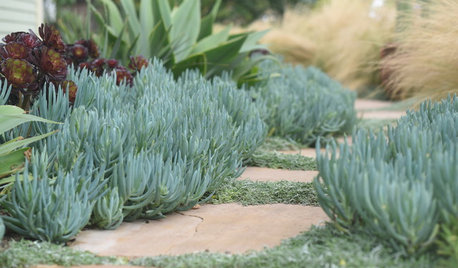
GARDENING GUIDES12 Fire-Wise Plants to Help Protect Your Home and Garden
Plant these moisture-rich, fire-resistant plants in your landscape to help prevent fire spread
Full Story
MOST POPULAR9 Real Ways You Can Help After a House Fire
Suggestions from someone who lost her home to fire — and experienced the staggering generosity of community
Full Story
FLOWERS AND PLANTSHelp Monarchs and Other Butterflies by Planting Common Milkweed
Summer-blooming Asclepias syriaca is an important larval host plant for the monarch butterfly and attracts a number of pollinating insects
Full Story
LANDSCAPE DESIGNNative Plants Help You Find Your Garden Style
Imagine the garden of your dreams designed with plants indigenous to your region
Full Story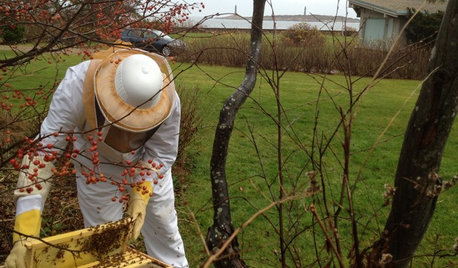
LIFEYou Said It: ‘You Can Help Save the Bees’ and More Houzz Quotables
Design advice, inspiration and observations that struck a chord this week
Full Story
HOUZZ PRODUCT NEWSHow to Help a Client Visualize a Project When You Can’t Meet
Inspiration photos, mood boards, 3D models, sample boxes and even drones help bridge the gap in a remote client meeting
Full Story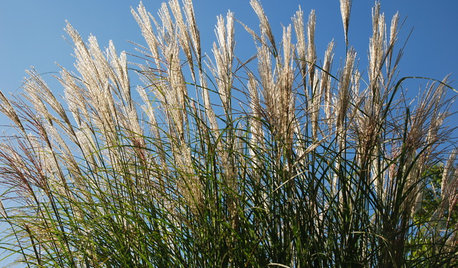
LIFEConsider Avoiding These Plants to Help Keep Your Garden Fire-Safe
Plants that accumulate dead material, are high in oil or have low moisture content in leaves put some homes at risk
Full StorySponsored
More Discussions






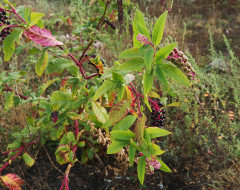
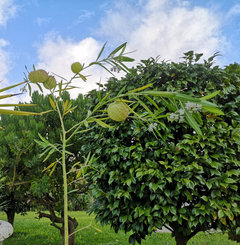
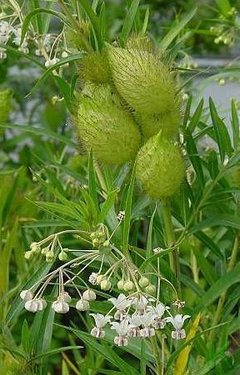
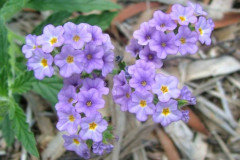
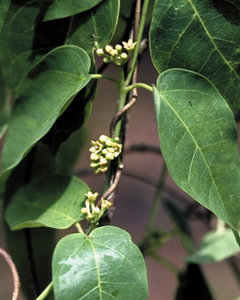



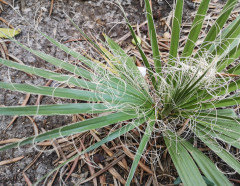
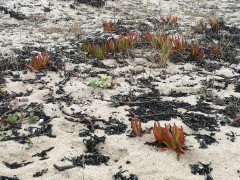


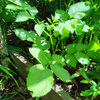

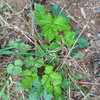
floral_uk z.8/9 SW UK